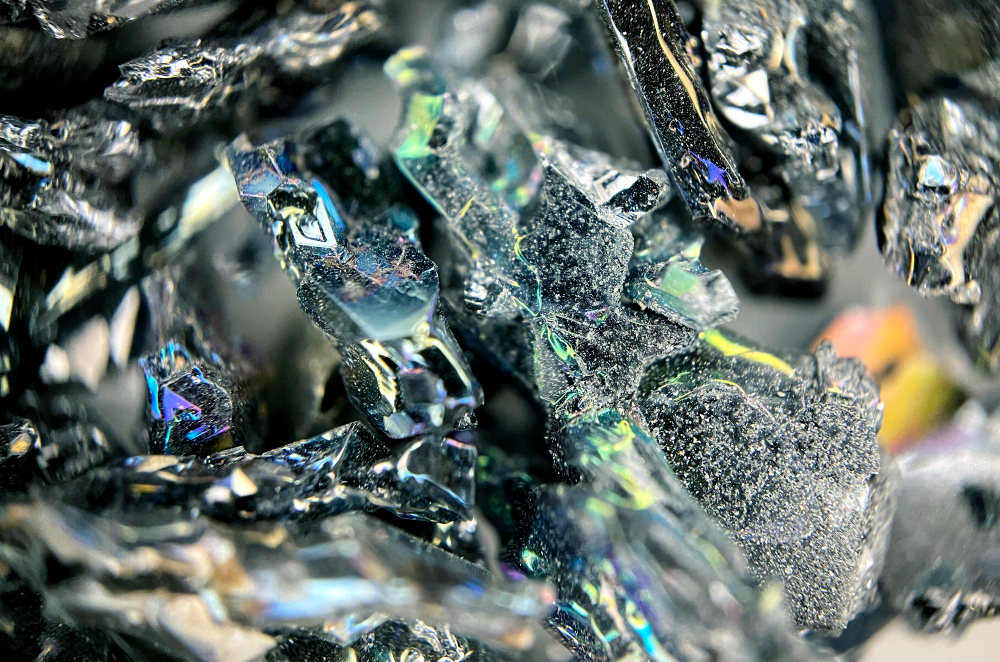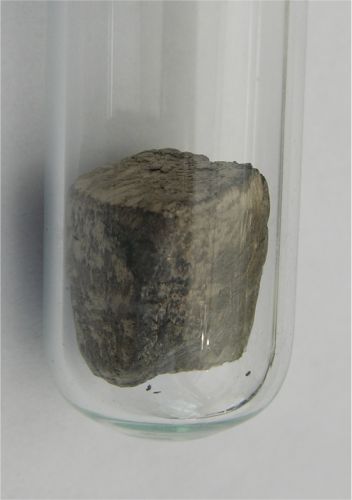Red Beryl, historically referred to as Bixbite, is among the rarest and most enchanting gemstones known to science. Its vivid, raspberry-red hue and extreme scarcity place it among the most coveted minerals in the world. Belonging to the beryl mineral group, which includes aquamarine, emerald, and morganite, Red Beryl stands apart due to its unique color origin and limited geographical distribution.
Nomenclature and Classification
The term „Bixbite” was once commonly used to refer to Red Beryl, named in honor of Maynard Bixby, the American mineralogist who first discovered the stone in Utah, USA, in the early 1900s. However, to avoid confusion with Bixbyite—a completely unrelated mineral—gemological and mineralogical authorities have recommended exclusive use of the name Red Beryl.
It is chemically classified as beryllium aluminum cyclosilicate (Be₃Al₂Si₆O₁₈), identical in composition to other beryl varieties, but with a singular distinction: trace amounts of manganese (Mn³⁺) substitute into the crystal lattice, imparting the mineral’s extraordinary deep red coloration.
Color and Optical Properties
Red Beryl displays an intense vibrant red to purplish-red hue, often described as raspberry, scarlet, or cherry red. This coloration is due to the presence of manganese ions, which selectively absorb certain wavelengths of light, resulting in the saturated tones that make Red Beryl so visually compelling.
It is typically transparent to translucent, and although inclusions are common, high-quality specimens with good clarity exhibit striking brilliance. Like other beryls, it has a vitreous luster and exhibits hexagonal prismatic crystals, often elongated and deeply striated.
Physical Characteristics
- Crystal System: Hexagonal
- Hardness: 7.5 to 8 on the Mohs scale
- Specific Gravity: 2.66 – 2.70
- Cleavage: Indistinct
- Fracture: Conchoidal to uneven
- Luster: Vitreous
Despite its adequate hardness for jewelry, gem-quality Red Beryl is rarely used in commercial pieces due to its rarity and high collector value. When faceted, it produces small but exceptionally vivid gemstones, usually under one carat in size.
Geological Formation and Localities
Red Beryl is a geological anomaly. Unlike most beryls, which form in pegmatitic environments, Red Beryl forms in topaz-bearing rhyolites, under very specific conditions of high temperature and low pressure, involving volcanic gas-phase crystallization. These unique conditions are what make Red Beryl geochemically exceptional and geographically restricted.
To date, Utah remains the only known source of gem-quality Red Beryl in the world. The most notable locality is the Wah Wah Mountains in Beaver County, where Red Beryl crystals occur in cavities and fractures of rhyolite lava flows, typically associated with topaz, quartz, hematite, and bixbyite.
Other minor occurrences have been reported in New Mexico and Mexico, but none have produced material suitable for faceting or commercial gem use.
Rarity and Market Value
Red Beryl is approximately 1,000 times rarer than diamond, making it one of the most valuable gemstones by weight. While prices vary based on quality, top-grade Red Beryl specimens can command $10,000 to $50,000 per carat—sometimes more.
The overwhelming majority of crystals are too small, too included, or too fractured for faceting, which contributes further to the scarcity of high-quality gems. Most cut Red Beryls weigh under 0.5 carats, and any stone over one carat is considered exceptionally rare.
Because of its limited supply and geological exclusivity, Red Beryl is considered both a collector’s gemstone and an investment-grade asset.
Scientific and Cultural Significance
From a mineralogical perspective, Red Beryl is a textbook case of how trace elements influence mineral color, and its crystallization process provides insight into gas-phase mineral growth in volcanic environments—an area still being actively studied.
In the metaphysical realm, Red Beryl is often associated with passion, vitality, and emotional renewal. While such interpretations are not grounded in scientific evidence, they contribute to the stone’s symbolic narrative and desirability among alternative wellness communities.
Conservation and Ethical Considerations
Given that all known gem-quality deposits are located within a restricted area in Utah, ethical and sustainable mining practices are crucial to preserving the resource and the surrounding environment. Several mining operations are now either inactive or privately owned, making access to new material increasingly difficult.



